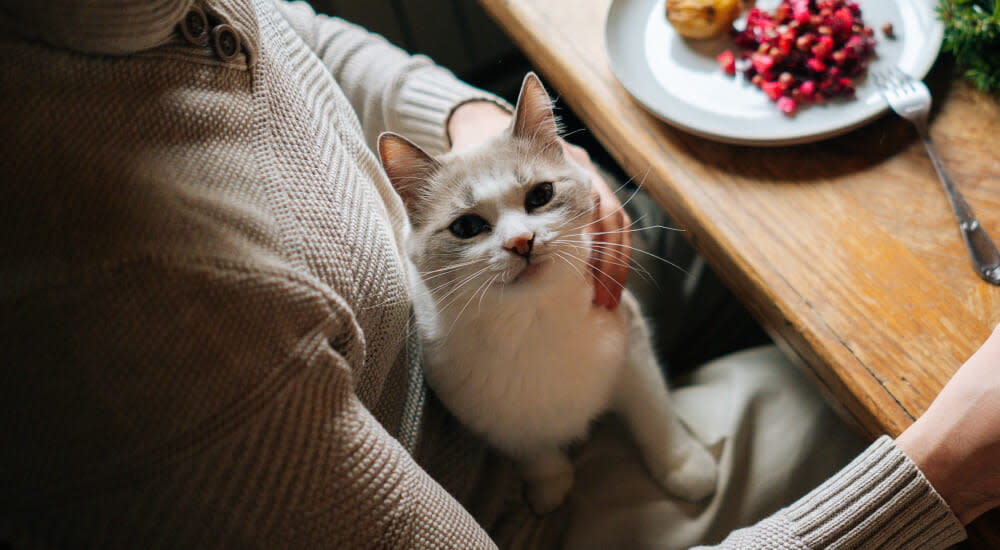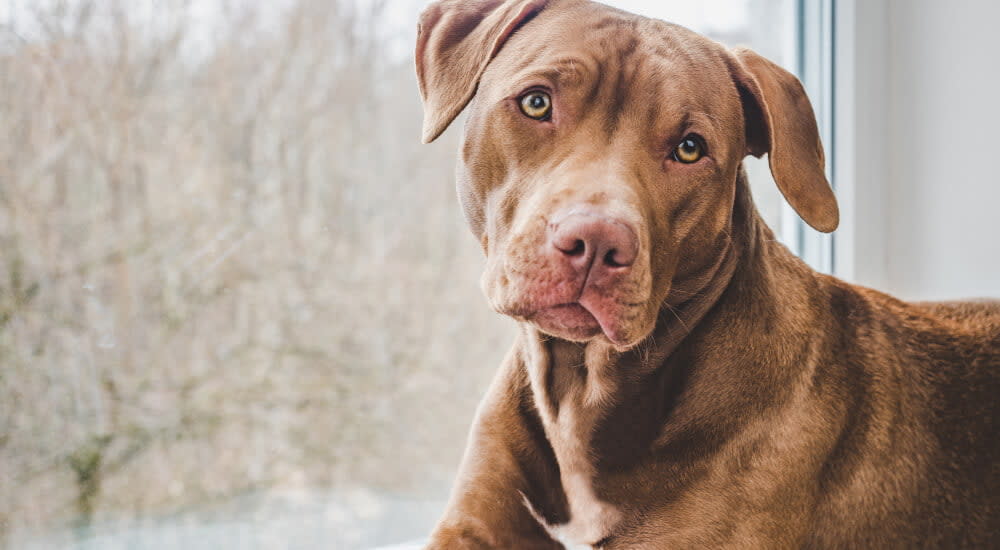There’s no time like the holidays. Especially when you get to enjoy them with loved ones like your beloved pet (matching sweaters anyone?).
Pet-friendly holiday decor
There are two types of pets. The kind who could care less about a new piece of furniture, plant, or decor item. And the type who must examine everything that comes through the front door, before deciding whether it gets to stay or be destroyed at the earliest opportunity.
If you have the first type, things are a little easier. But just in case they do get curious, you should still avoid holiday decor that includes mistletoe, lilies, amaryllis, and poinsettias. If you do include them in your holiday planning, keep them off the ground and out of reach of your pets. In low quantities these can be gastrointestinal irritants and in high quantities, toxic.
For that second category of pet — the curious, investigative, and occasionally destructive type — extra caution is required.
Additional things to watch out for include Christmas tree water and needles, (which can be coated in pesticides), tinsel on trees, and ribbon-wrapped gifts that might cause obstruction in a pet’s digestive system if eaten. As well, be careful with scented candles and potpourri as they can be toxic and cause respiratory problems — especially for cats.
Tree decorations and gifts may also capture a pet’s attention, especially if they’re of the edible variety. Take precautions with lights and wiring: avid chewers will see them as a fun new substance to taste test. Keep them covered or out of reach.
Celebratory meals and snacks
The holidays are a time for sharing, but most of the rich and delicious meals we treat ourselves to aren’t good for our pets.
Many pet parents already know that chocolate (especially dark chocolate) is dangerous for both dogs and cats, but other toxic or irritating foods can fly under the radar. Grapes and raisins are toxic and so are macadamia nuts. And while we may love the way allium vegetables (think: garlic, onions, chives, and leeks) flavour food, they can all be dangerous for pets to ingest.
Finally, there’s cheese plates, charcuterie, turkey, stuffing and gravy… all those party appetizers and traditional holiday foods we can’t wait to indulge in. Pet bodies can’t carry the kind of extra fat that ours can, so access to these dishes can pose long-term health risks like pancreatitis, or short-term issues like gastrointestinal upset and gas.
Family and friend gatherings
Social pets will love hosting gatherings or being invited to one, but anxious pets may have a tough time dealing with a crowd.
Observe your pet’s behaviour. Are they tucking their tail in? Are they avoiding eye contact? Your pet’s body language can tell you a lot about how comfortable they are. Be sure to have a quiet space reserved for them if they’re beginning to appear overwhelmed
And if you and your pet like to dress up for special occasions, be sure that they aren’t left unattended in their holiday outfit.
Will your pet spend time with kids during the holidays? If so, it’s a good idea to include those children in conversations about holiday pet safety. That way they know not to share candy or food with pets, as well as not to leave toys with small parts or pieces lying around.
Talk to kids about how to interact with your pet and how to sense if an animal is stressed or scared, needing to be left alone or given some time to relax.
Vet visits during the holidays
That said, illness and accidents can happen at any time, so be sure to know your vet’s holiday hours and have the contact information on hand for an emergency clinic should you require one.
Having the contact info, hours, and directions to your closest emergency vet clinic is also a good idea to have on hand for unplanned emergencies.














































